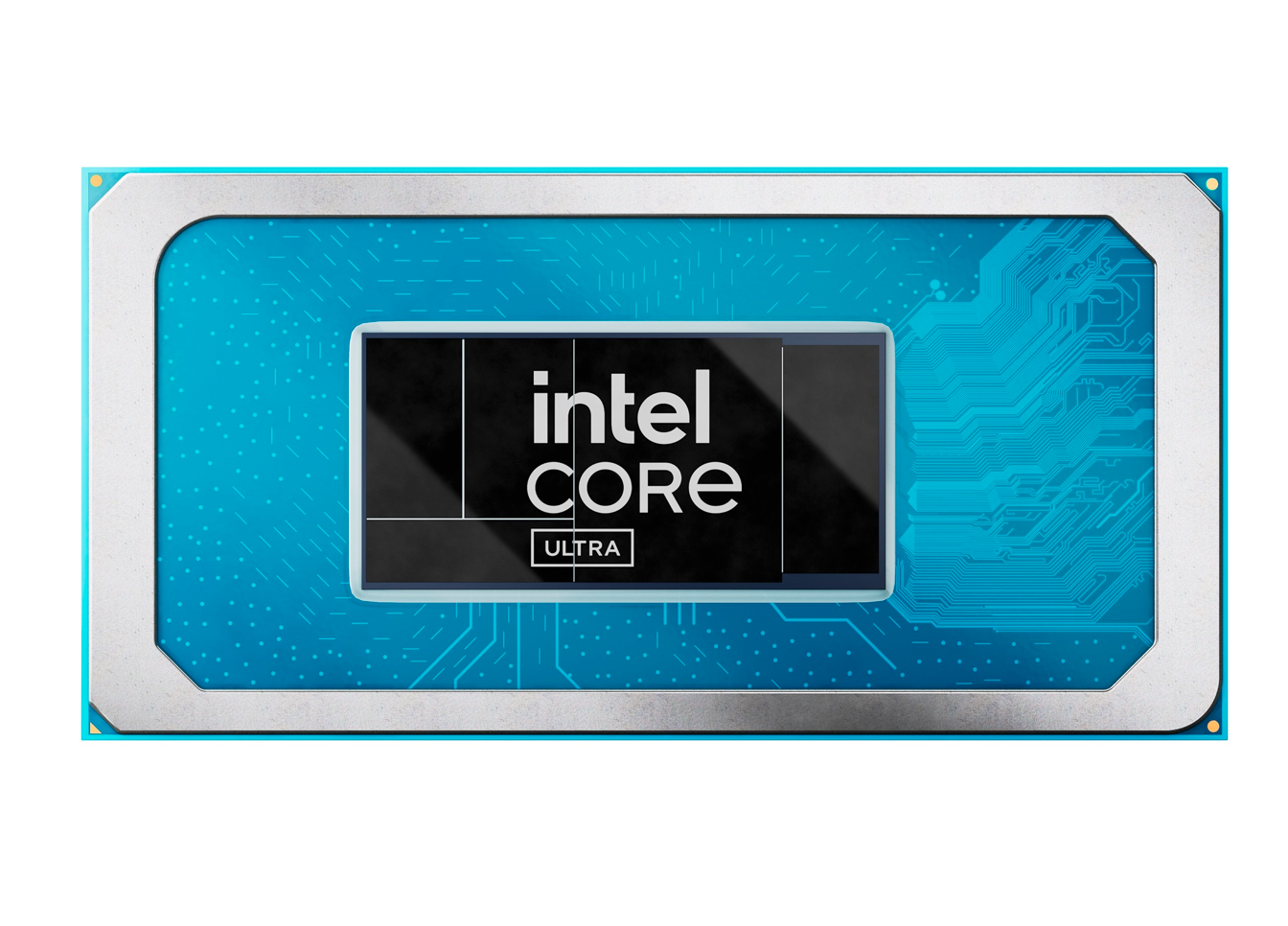
Our preliminary test results of the new Intel Meteor Lake processor Core Ultra 7 155H are rather sobering, especially in terms of CPU performance. Our results are pretty much in line with the reference scores we got from Intel, so software updates should not really make a big difference here. The overall CPU performance is pretty much the same as it was with Raptor Lake, but the new H-series chips now cover an even wider TDP range (28-115 Watts), so especially the multi-core performance can vary significantly between different laptops.
We are still cautious when it comes to the efficiency and want to wait for final retail samples, before we can give a verdict. Our results so far indicate minor improvements of the efficiency under load, both for single-core as well as multi-core load scenarios. However, Intel is still far behind AMD and Apple, even if the efficiency numbers are still getting a bit better with retail units. At this point, we cannot yet say anything about Intel’s efficiency claims while idling and light workloads, which is also the case for the AI performance.
Intel’s Meteor Lake offers a big boost in GPU performance and can also beat AMD’s Radeon 780M. Both the CPU performance as well as the CPU efficiency under load, however, did not change all that much.
The situation is better for the new Arc GPUs, but you have to keep in mind that they are reserved for the new H-series processors. The performance increase is massive, at least in synthetic benchmarks, and Intel even manages to beat AMD’s Radeon 780M. The situation changes in actual gaming benchmarks though, but we believe driver updates can improve the situation. We will also add more gaming benchmarks of recent titles over the next couple of days and test Intel’s XeSS upscaling. In addition to increased performance, the efficiency of the Arc GPU is also better and it is almost on par with the Radeon 780M.
You might think that the removal of the P-series makes it easier to find a suitable processor, but this is not the case. As mentioned before, the H-series chips now cover an even wider TDP range and customers just don’t know what performance they will get. AMD’s Zen4 processor (4 nm) is still the better choice in the lower TDP range (28 Watts) and the cooling solution does not have to deal with immense short-term power limits. Apple raised the bar even further with the new M3 generation (3 nm), both in terms of performance as well as efficiency.
We are also a bit worried about the Core Ultra U-series chips, which are still equipped with two performance cores. They were hardly mentioned in the press material and the do not get the fast Arc GPU, either, but only a slower version with 4 Xe cores, which might offer the performance of the familiar Iris Xe Graphics G7 (96 EUs).
We will try to update this article with more data as quickly as possible, but it looks like we will have to wait until January before we get our hands on retail devices with Meteor Lake.
Source link
 notebook.co.id informasi dan review notebook laptop tablet dan pc
notebook.co.id informasi dan review notebook laptop tablet dan pc